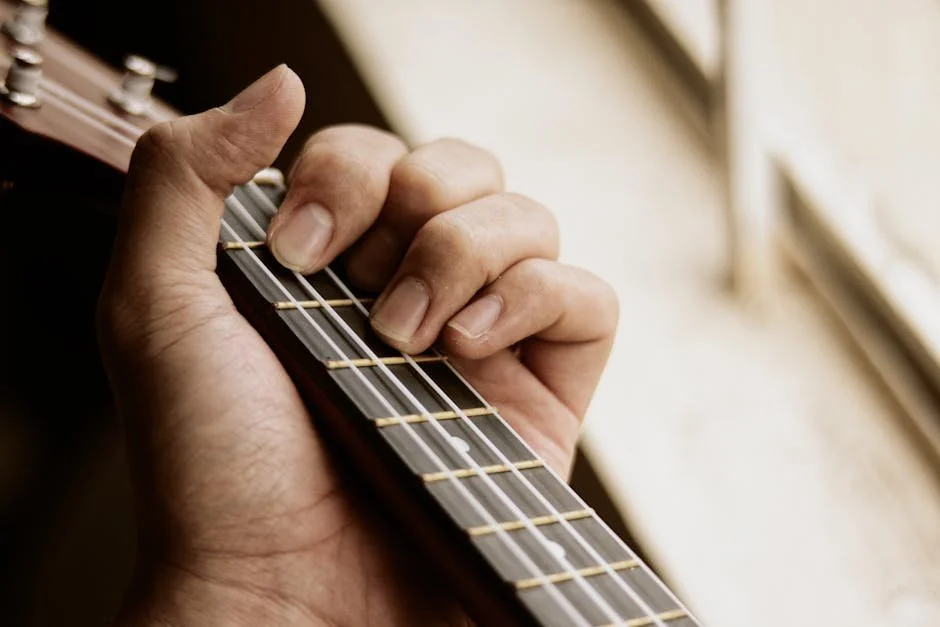Embracing the soulful essence of guitar solos, weaving melodic tales that resonate through the strings, can truly transform your music lessons. Imagine the sheer delight as your fingers dance on the fretboard, creating a symphony of emotions. Let's delve into the art of infusing guitar solos into your teaching repertoire and watch how your musical journey blossoms.
Exploring the Impact of Guitar Solos on Musical Development
Embracing guitar solos in your music lessons opens up a world of possibilities. It's not just about learning the technical aspects but also about expressing emotions through music. As you guide your students through the intricate art of soloing, you empower them to explore their creativity, develop their unique style, and deepen their connection to the music they create.
The beauty of guitar solos lies in their ability to transcend language and speak directly to the soul. Whether it's a slow, emotive ballad or a fast-paced, electrifying riff, each solo has the power to evoke feelings, tell stories, and capture the essence of a song in a way like no other. By incorporating guitar solos into your lessons, you pave the way for musical growth and personal expression.
Moreover, guitar solos serve as a gateway to understanding music theory in a practical context. They teach students about scales, improvisation, phrasing, and dynamics, providing a holistic approach to musical education. By encouraging your students to explore and master guitar solos, you equip them with the skills to become versatile, well-rounded musicians with a deep appreciation for the art of soloing.
In essence, guitar solos are not just technical showcases but a form of self-expression and communication. They allow musicians to share their innermost thoughts, feelings, and moods through the language of music. By incorporating guitar solos into your music lessons, you create a space where creativity flourishes, imagination thrives, and musical identities are shaped and refined.
Techniques for Teaching and Mastering Guitar Solo Skills
When teaching guitar solos, it's essential to strike a balance between structure and freedom. Provide your students with a solid foundation in basic techniques such as scales, bends, vibrato, and phrasing, while also encouraging them to experiment, improvise, and find their unique voice on the instrument.
Encourage your students to listen to diverse genres and styles of music to broaden their musical horizons. Expose them to legendary guitarists known for their iconic guitar solos, from blues to rock to jazz, and inspire them to study and analyze the nuances of each solo. By immersing themselves in the rich tapestry of guitar solos, students can absorb different playing techniques and incorporate them into their own musical vocabulary.
Practice is key when it comes to mastering guitar solos. Encourage your students to dedicate regular time to practice, starting from simple exercises and gradually progressing to more complex solo compositions. By instilling discipline and perseverance in their practice routine, you help them build the confidence and skillset needed to excel in solo performance and improvisation.
Furthermore, foster a supportive and encouraging learning environment where mistakes are viewed as opportunities for growth. Guitar solos require vulnerability and courage, as musicians put their emotions on display through their playing. By creating a safe space for experimentation and expression, you empower your students to take risks, push their boundaries, and discover the true depth of their musical potential.
Integrating Guitar Solos into Your Lesson Plans Creatively
Creativity knows no bounds when it comes to integrating guitar solos into your lesson plans. Incorporate soloing exercises that challenge your students to think outside the box, explore unconventional scales, experiment with different tones and effects, and collaborate with fellow musicians to create dynamic solos that interweave seamlessly with other instruments.
Encourage your students to improvise and compose their own guitar solos, fostering a sense of ownership and originality in their musical journey. Provide them with opportunities to perform solo pieces in front of an audience, whether in a classroom setting or a virtual concert, to hone their stage presence, confidence, and ability to connect with listeners through their playing.
Consider incorporating technology into your guitar solos lessons, utilizing backing tracks, loop stations, recording software, and online resources to enhance the learning experience. By leveraging technology, you create a dynamic and interactive environment where students can engage with music in innovative ways, explore different genres and styles, and push the boundaries of traditional guitar solos.
Ultimately, the key to integrating guitar solos into your lesson plans is to nurture a sense of curiosity, experimentation, and passion for music. Inspire your students to embrace the journey of self-discovery through soloing, to celebrate the art of musical storytelling, and to savor the moments of pure creative expression that guitar solos bring to their musical lives.
Harmonizing Through Guitar Solos
As you nurture the spirit of creativity through guitar solos in your music lessons, remember that each note carries a story, each strum whispers a melody, and each solo paints a unique musical landscape. Stay passionate, stay innovative, and let the magic of guitar solos continue to inspire both you and your students on this harmonious musical odyssey.


